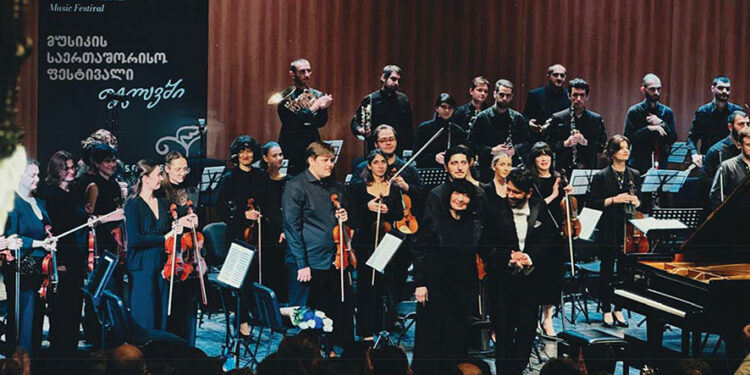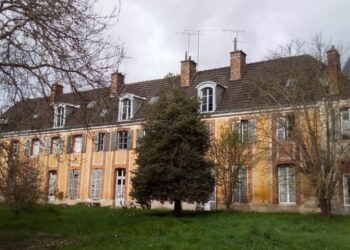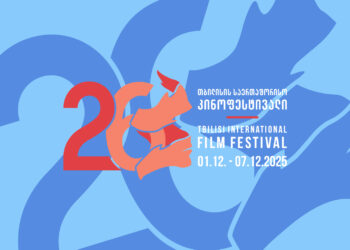The medieval walls of Telavi rise above the vineyards of Kakheti like the ribs of a vast, weathered instrument. For centuries they have absorbed liturgy and battle song, the verses of Vazha-Pshavela, the winding lines of Georgian polyphony that UNESCO has called a masterpiece of humanity’s intangible heritage. In late September, the Telavi International Music Festival once again turned this city into a resonating body. The closing concert on the 25th became not only the festival’s culmination, but also a moment of concentrated listening, in which tradition and renewal stood in the same light.
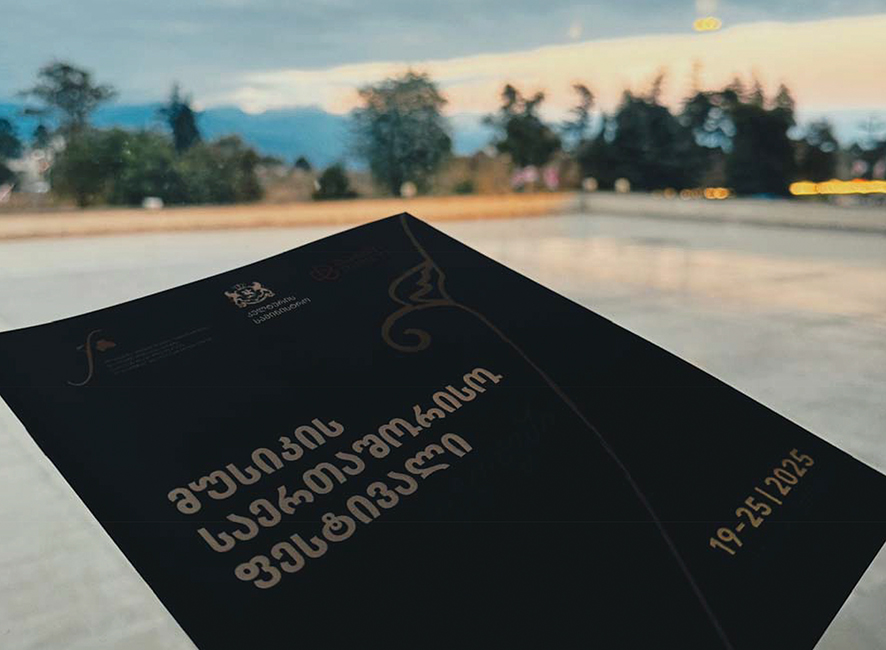
Telavi is neither a capital nor a resort town; it is a provincial city carrying the memory of King Erekle II’s court and the autumnal cycle of the vineyard. To convene an international festival here is to propose that cultural dialogue belongs as much to the regions as to the capital.
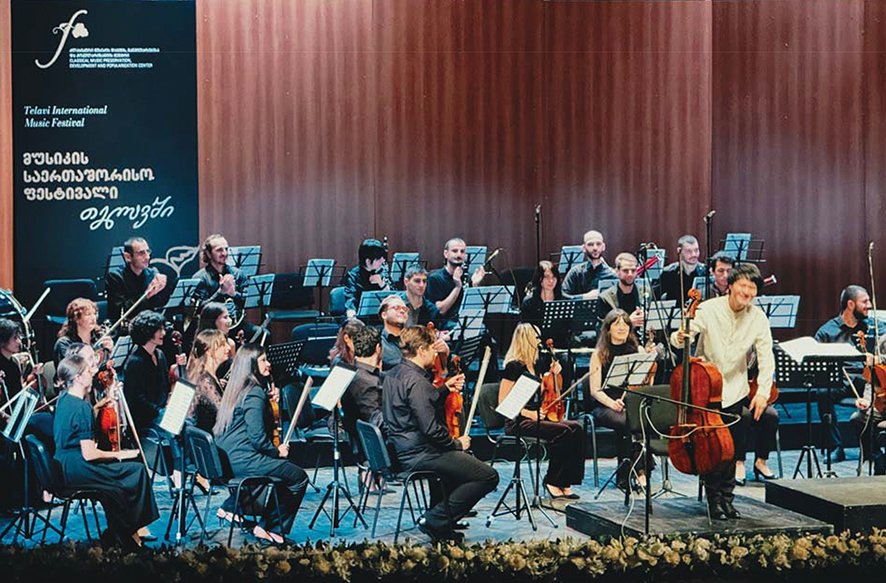
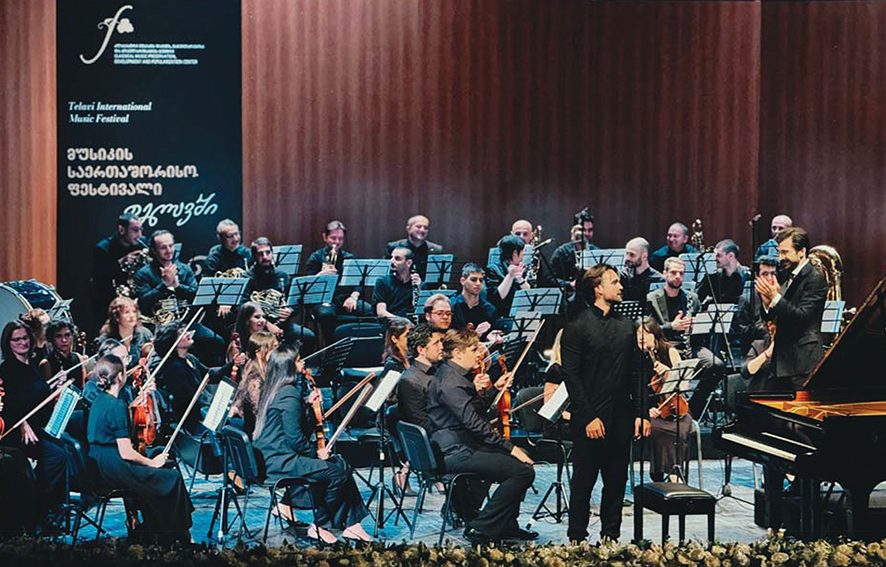
Since its founding, the festival has acted as a space of exchange. Masterclasses flow into afternoon rehearsals and on into evening performances; visiting soloists become teachers; students appear as chamber partners. The arrangement recalls the European festivals of an earlier century—before tourist branding reduced them to seasonal attractions—when such gatherings served as workshops of style and continuity.
This year, the Giya Kancheli Tbilisi Youth Orchestra provided the festival’s backbone. The choice of name is significant: Kancheli’s scores, with their luminous stillness disrupted by sudden seismic rhythm, capture something of Georgia’s own cultural pulse. The young ensemble carried that duality—ardor and restraint—throughout the week.
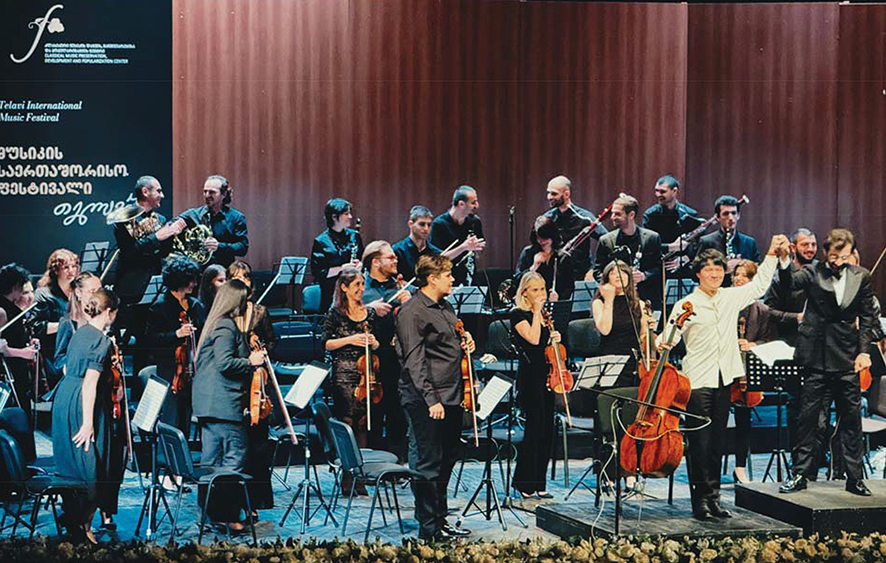
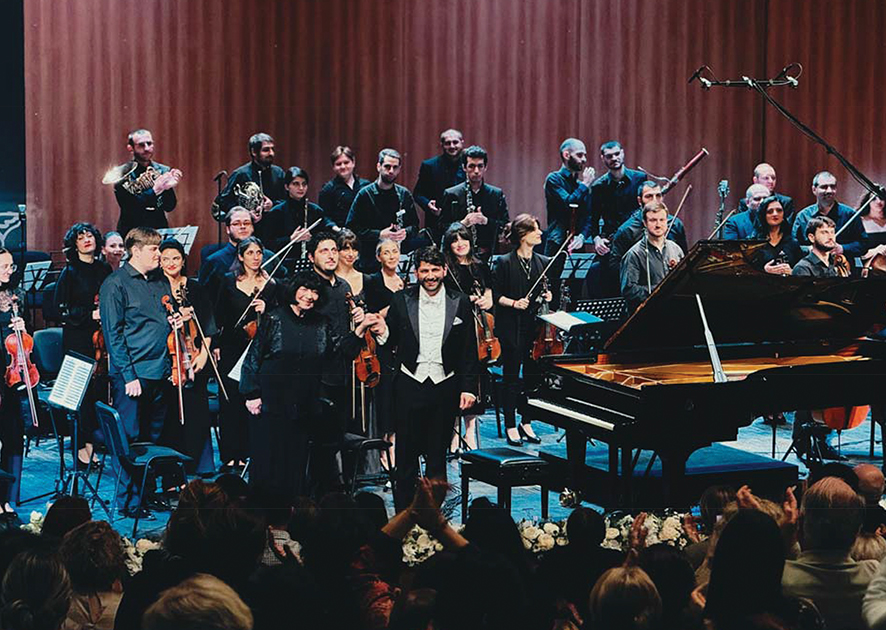
The concert of September 23 introduced two soloists to this laboratory.
Yibai Chen, the young Chinese cellist with major competition laurels, approached Tchaikovsky’s Rococo Variations with a chamber musician’s inward focus. In the court-like acoustics of Telavi’s state theater his tone seemed to settle on the air like dew, the phrases breathing in long arches that gave the woodwinds room to answer. Display yielded to dialogue.
Philipp Lynov, a pianist already shaping a distinctive post-competition identity, played with classical transparency and an ear for inner voices. The orchestra did not merely support him; it entered into a supple give-and-take that revealed motifs as episodes in a narrative.
Under Kakhi Solomnishvili, the orchestra showed discipline that belied its youth. Winds shaped their lines with independence; textures opened like pages in a collective biography of the score. Virtuosity here became a mode of listening.
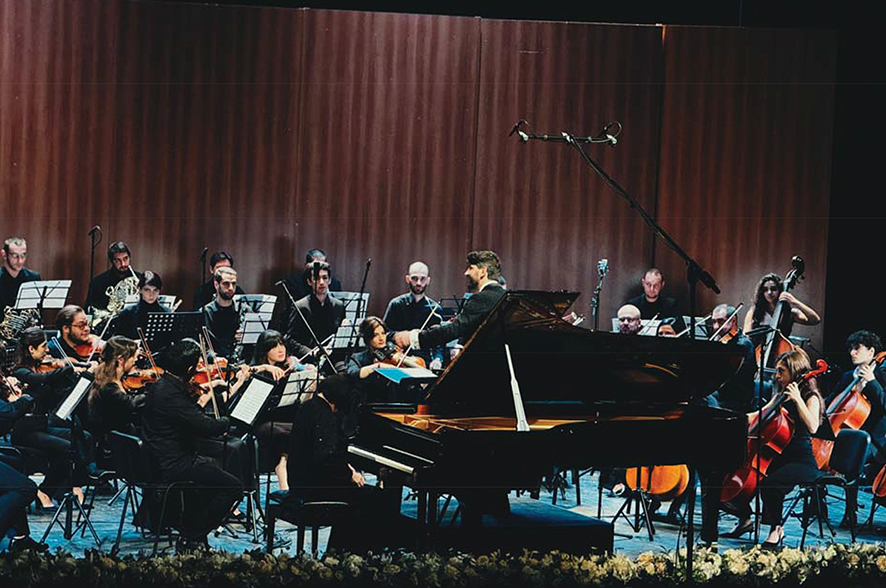
The final night on September 25 changed the atmosphere. The audience entered the theater with the attentiveness that often precedes a ritual.
At the center stood Eliso Virsaladze, whose presence carries the authority of a living lineage of the Russian-Georgian piano school. She treats the score as an ethical document: in Mozart’s Piano Concerto No. 21 her playing revealed a long-practiced lucidity. Phrases unfolded as if following the logic of speech; rubato appeared as punctuation, not ornament. The celebrated Andante, with its poised balance of line and repose, emerged as an intimate colloquy among soloist, bass, and inner voices.
Behind her, Mirian Khukhunaishvili provided the evening’s decisive gravitational center. A conductor, with experience in European opera houses and symphonic halls, he led with a balance of intellectual precision and physical clarity that immediately steadied the youth orchestra.
His reading of Saint-Saëns’s Symphony No. 2 revealed a lean, articulate wit often lost under heavier batons. The taut strings outlined structure without weight; the winds acted as rhetorical partners, exchanging ideas in a clear contrapuntal texture; brass and timpani entered like punctuation marks in an orator’s cadence. The finale, driven by rhythm rather than grandiose sweep, displayed Khukhunaishvili’s instinct for proportion—he shaped climaxes to release energy rather than accumulate mass.
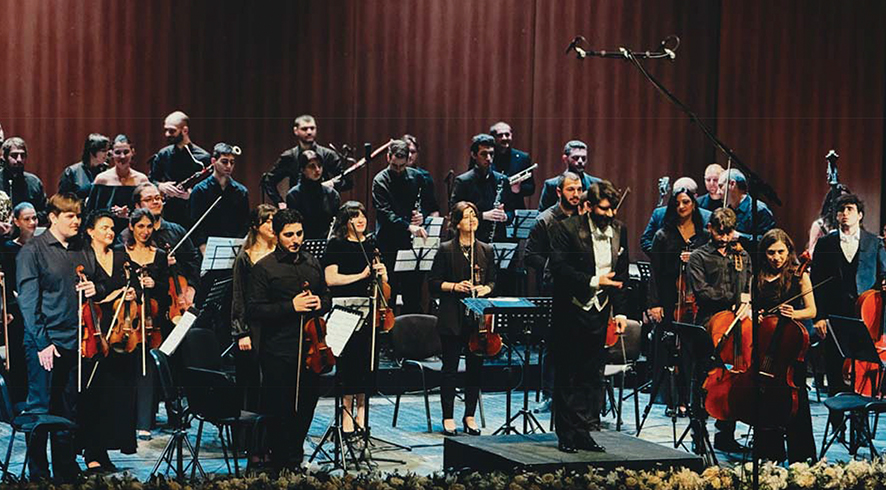
Between these pillars, the program placed Nodar Mamisashvili’s Three Pieces, whose translucent modernism asked the orchestra for a different kind of attentiveness. The young players responded with a focused concentration that transformed the performance into a lesson in the discipline of listening.
The evening’s arc—Saint-Saëns’s quick-witted classicism, Mamisashvili’s exploratory textures, Mozart’s classical measure—showed Khukhunaishvili’s capacity as an artistic director. He forged coherence without smoothing differences, revealing that the dialogue among idioms can be sustained by the baton’s steadiness as much as by any thematic conceit.
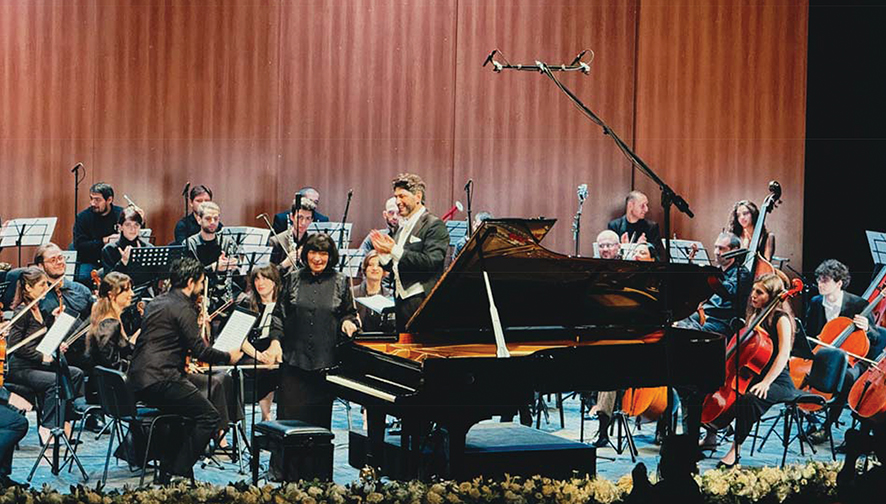
The true work of a festival unfolds after the applause: in the growth of a youth orchestra, in the weaving of Georgian repertoire into continuing programs, in the audience’s gradual cultivation of a more demanding ear.
Telavi’s festival demonstrated a curatorial maturity that joins pedagogy to artistry. The presence of a pianist like Virsaladze lent the concerts a sense of lineage; the discipline and interpretive poise of competition-tempered soloists returned as a resource for the next generation; Khukhunaishvili’s leadership offered the orchestra both a standard and a direction.
In a city of fortress walls and vineyard slopes, music became a civic act of listening. The last chord of the closing night lingered in the theater as if the stone itself had taken up the vibration—a reminder that in this part of the Caucasus the future of classical music may depend less on spectacle than on the patient work of shared attention.
Review by Ivan Nechaev

